Camera related injuries. They could easily be called the “Shooter’s Affliction.” Repetitive strain injuries. RSI. Bulging discs in your lower back. Referred nerve pain. Tendonitis. Injuries that are sustained slowly over time from repetitive strain on the human body. In other words – from doing the same movements with your battery loaded camera and heavy tripod over and over again for long enough to cause serious damage. Oh and did I mention that pack on your back filled with extra brick batteries, lenses and perhaps a live signal transmitting device? Really. It’s no joke. Although you don’t feel any symptoms now while you’re young, if you keep lifting and carrying your camera gear incorrectly, you will eventually acquire shooter’s affliction. Just like me. And you’ll be rebuilt – one surgery at a time. Just like me. That’s why I’ve written this blog explaining 5 easy ways to prevent camera related injuries.
I’ve been at this for over 30 years, shooting with heavy ENG cameras in news, sports, entertainment and documentary work. When I was a bit younger I could shoot hand-held for hours on end. As a matter of fact I hardly ever took the camera off my shoulder. I shot lots of hand-held sports like the New England Patriots on the sidelines and the Boston Celtics in the old sweaty, rat infested Boston Garden during the days of the great Larry Bird – Magic Johnson rivalry. Yeah, I sat cross-legged on the parquet floor with one of the first ENG style cameras on my shoulder for entire games for many years (see picture above). Although I only felt muscle fatigue at the time, I was most likely doing the damage to the discs in my lower back. And I also carried the 3/4 inch U-matic record deck on my other shoulder… for balance! When I think about it now, we lugged around 50 to 70 lbs. of gear on a regular basis. And we would walk with it some serious distances too. Through ball parks, stadiums, hospitals – you name it. With no two wheel or four wheel carts.
Then came the married pair. The Sony BETACAM, which consisted of a camera with a deck mounted to the back of it. Those suckers were heavy. The new design also shifted all of the weight to the right shoulder. No more equal distribution to both shoulders once the separate record deck was eliminated. Shouldering that kind of weight regularly takes its toll on your body.
The most popular injury that seems to plague shooters – other than typical lower back pain – is the notorious rotator cuff RSI that eventually becomes a rotator cuff tear in the area of the shoulder and upper bicep. Especially if your gigs include lots of hand-held work from shooting sports, news, reality TV, or feature films. Most broadcast TV cameras used for sports and news are still beasts, such as the Sony F-800 XDCam pictured below. Or shooting features with this tricked out 3D RED franken-rig pictured below. If you’re not careful in the way you handle these monsters, what can start out as simple tendinitis may sooner or later put you on the operating table of your orthopedic surgeon for a procedure that will cost you a lengthy stay on the disabled list.
The reason both rotator cuff tendons can eventually tear over time with shooters is because of the way you raise your camera up to your tripod with the right arm, or up on the right shoulder with the left arm. The younger you are the more careless you tend to be in the manner you wield your rig around with one arm as if you were a Jedi Master with your double-bladed lightsaber. It doesn’t matter how much weight you pump at the gym or how many push-ups you can do. It’s all about the unnatural way you’re lifting that rig up above the shoulder line with one hand. Unlike a rotator cuff tear that happens from a fall or other traumatic injury, this type of tear is called an “attritional” tear or “wear and tear,” type of tear, which can be caused by that every day repetitive lifting motion. Trust me. I’ve been there. I’ve already done the damage to BOTH shoulders! I’ve been eating ibuprofen and acetaminophen like candy for at least a decade. But you can’t go on doing that forever. Taking ibuprofen or other NSAIDs over a long period of time could result in stomach ulcers. And abuse of acetaminophen could lead to possible liver problems – especially if you drink alcohol. When you have persistent pain in either shoulder accompanied by muscle weakness, and PT strengthening exercises and/or cortisone shots have not done the trick, it’s time for a trip to your orthopedic surgeon to seek professional medical advice. You may need an MRI. I remember when it got to that point. I couldn’t even push a stinger plug into a wall outlet without severe pain. And I couldn’t sleep at night on the affected shoulder without waking up in pain.
There are different types of rotator cuff tears. A partial thickness tear means it was not torn all the way through the tendon. A full thickness tear is torn all the way through and can be difficult to repair unless it’s a “small” full thickness tear. There are also medium, large and massive tears. If you have a massive full thickness tear, the tendon may not be able to regenerate itself even with surgery. However, surgical techniques are forever evolving with new technology. For instance my first rotator cuff tear on the right shoulder occurred years ago. Back then the surgeon had to make that incision on top of the shoulder through all the muscle and nerve tissue, making for a much longer recovery. My left shoulder was done just recently. Both shoulders had large tears, but the latest procedure was an arthroscopic surgery, saving the muscle and nerves from damage under the knife and making the recovery time shorter and less painful (see below photo).
Another common camera related injury we see in our industry is the torn elbow tendon, which usually starts off as tendonitis – otherwise known as “tennis elbow.”
I’ve had this affliction in both elbows. I ended up having surgery on my left elbow after the injury persisted and eventually tore the tendon. I can remember it got so bad that I couldn’t even grip a brick battery or a carton of milk from the fridge without severe pain in my elbow. Sometimes cortisone shots to the affected area in combination with ice gel packs can bring down the inflammation enough to end your misery. Without surgery. You can also wear an adjustable forearm strap around your arm just below the elbow. The better ones include a small air pillow which adds a bit of pressure to the tendon. This takes the strain off the inflamed area when you try to grip something. In my case it worked with my right elbow… but unfortunately not with my left!
Another common condition that could happen over time from hand-held camera work is the dreaded lower back pain problem. This starts out as nagging pain in your lumbar spine. Sometimes it’s just muscular, but repeated hand-held work could slowly damage your discs from the weight of the camera pushing down on your vertebrae. Eventually these discs may start to bulge… until one or more of them could possibly hit a nerve root in your spine. This nerve root is usually located at the L4 and L5 vertebrae. Once this happens, you might begin to feel referred nerve pain down one of your legs and possibly even into your foot or big toe. One medical term used or this ailment is called sciatica. It can be aggravated by sitting or driving daily for long periods of time. The pain may be managed by changing your work habits, like standing more while editing or getting out of your car more frequently to stretch. Yoga or Pilates can also help by strengthening your core muscles. If this condition worsens it might be time to see your doctor and consider some cortisone shots into the area of the affected disc. Surgery should only be considered as a last ditch effort if all else fails. Always consult your physician for professional advice.
These lower back, shoulder and elbow repetitive strain injuries can be exasperated by using the latest and most popular piece of kit for camera motion stabilization called the brushless gimbal. Operators need to be mindful of overbearing producers or directors who would ask you to work handheld with this device for 8 to 10 hours over long periods of time. Remember – everything in moderation. If you abuse the body consistently, you may end up on the DL.
Finally, while on the subject of bulging and herniated discs, another section of the spine that can become injured from hand-held camera work is the cervical disc area of the neck. More specifically C4 – C5 or C5 – C6 and sometimes C6 – C7. The nerve pain can radiate or shoot down the bicep, deltoids or scapula to the fingertips or thumb. As the nerve is impinged and inflammation worsens, the pain can be significant. Treatment should begin with rest followed by warm compresses and gentle neck mobility exercises, then some PT before resorting to sticking yourself with steroid shots or surgery. Once again – consult with your doctor.
So, if you’re a person who makes your living by slinging a television or cinema camera, here are some simple ways to stave off those common disorders associated with your career.
1. It seems elementary, but if you use both arms to lift a camera to your shoulder or tripod instead of wielding it around like a kettle bell weight with one arm, it will take a lot of strain off the joints and tendons of your wrists, arms and shoulders. That goes for reaching into a vehicle to grab your tripod with one arm outstretched as well. Always use both hands to grab heavy gear and bend the elbows instead of locking them in an extended position. This will save the tendons of your elbows from inflammation in the years to come. Oh – and always bend your knees when lifting gear to save your lower back. Which brings me to the spine.
2. To help prevent bulging discs in your spine, use a monopod for extended hand-held work like sports or long interviews that you might usually shoot off the shoulder when you don’t need to be moving much. You’ll be surprised how much longer you can go without feeling lower back or neck pain. It’s great to see that the Easyrig is back in vogue. I was using one of those in the 90’s when they were brand new to cover the Boston Marathon with handheld ENG cameras. Yeah, you might look like Buzz Lightyear but hell, if it saves your lower back on lengthy shoots by all means use one. Also get a cart to lug gear around. For years I was one of the foolish ones who carried everything around in my arms, slung around my shoulders and on my back.
3. Don’t stand around with a camera on your shoulder when you’re just waiting for the next scene or for a hand-held interview to begin. Put it down either on the ground or back on the sticks. I’ve seen so many younger guys unwittingly abusing their lower backs by hanging around looking cool with their cameras on their shoulders. You can always tell the experienced shooters. Their cameras are “at ease” when not rolling on a shot. That goes for working with the new Freefly MôVI image stabilizer too, or other knockoff stabilization device. Do not abuse your back, arms and shoulders. Listen to your body when it signals you to take a break.
4. If you are doing lots of driving all day, stop your vehicle and give your spine a good stretch. Years of sitting in a car for long periods of time will do a number on your lower back down the road, causing irritation to your sciatic nerves and possible disc problems. The nerves can get so inflamed, the pain could travel to your right foot and actually prevent you from using the gas and brakes over time.
5. This one is important. Go to a gym and train your body with weights or do yoga. Strengthen your core. There are a zillion youtube videos out there showing proper methods of core training. I cannot stress this enough. I know so many filmmakers who become injured simply because they are out of shape. Obviously there are some injuries that occur with age no matter how strong you are or how much weight lifting or stretching you do, but having a strong body from the get-go will be the key to staying injury free and building that muscle memory as you grow older. So stay healthy and happy shooting!
MEDICAL DISCLAIMER
This website contains general information about medical conditions and treatments. The information is not advice, and should not be treated as such.
The medical information on this website is provided “as is” without any representations or warranties, express or implied. Macomber Productions makes no representations or warranties in relation to the medical information on this website.
Without prejudice to the generality of the foregoing paragraph, Macomber Productions does not warrant that:
- the medical information on this website will be constantly available, or available at all; or
- the medical information on this website is complete, true, accurate, up-to-date, or non-misleading.
You must not rely on the information on this website as an alternative to medical advice from your doctor or other professional healthcare provider.
If you have any specific questions about any medical matter you should consult your doctor or other professional healthcare provider.
If you think you may be suffering from any medical condition you should seek immediate medical attention.
You should never delay seeking medical advice, disregard medical advice, or discontinue medical treatment because of information on this website.
Nothing in this medical disclaimer will limit any of our liabilities in any way that is not permitted under applicable law, or exclude any of our liabilities that may not be excluded under applicable law.
This medical disclaimer was made using a Contractology template available at www.freenetlaw.com

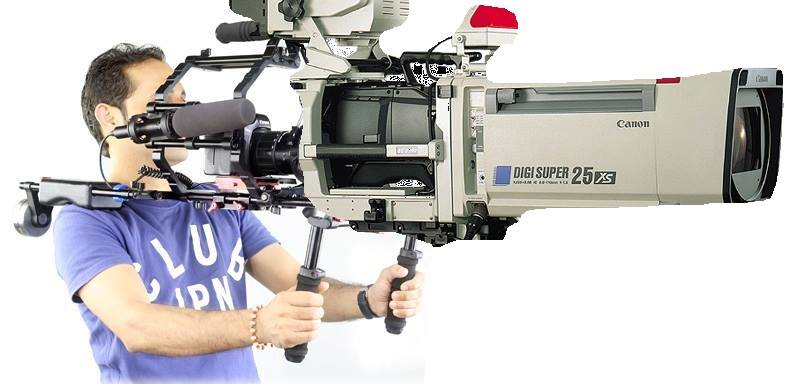
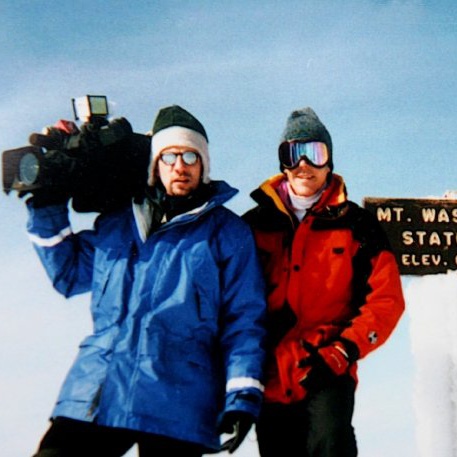
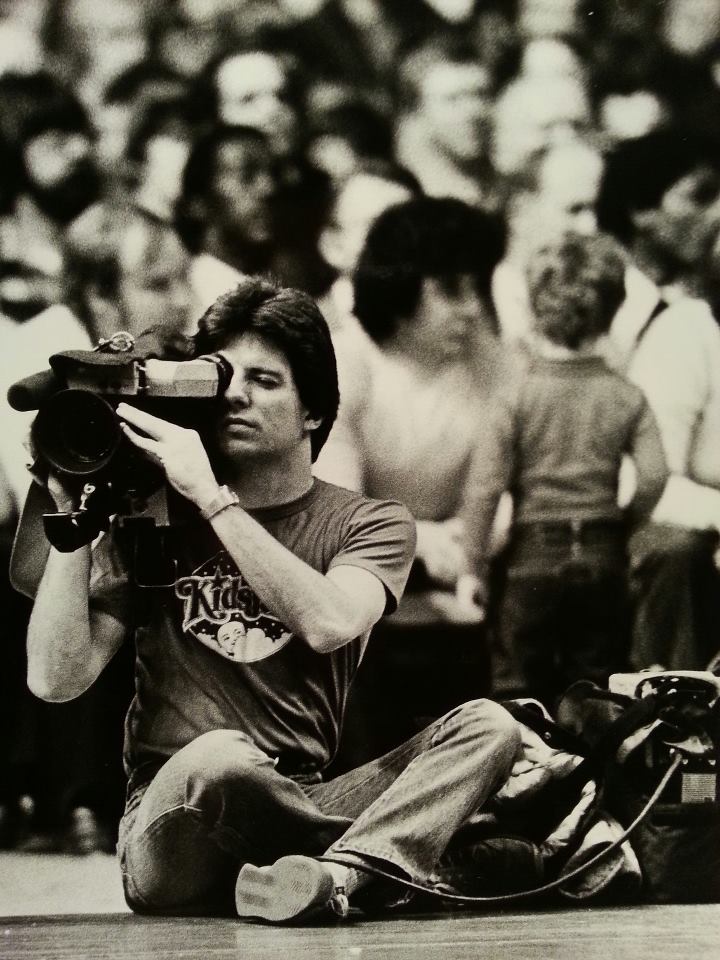
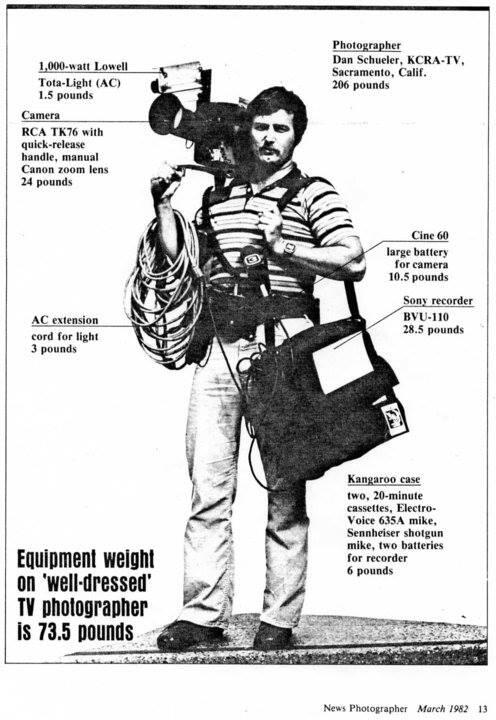
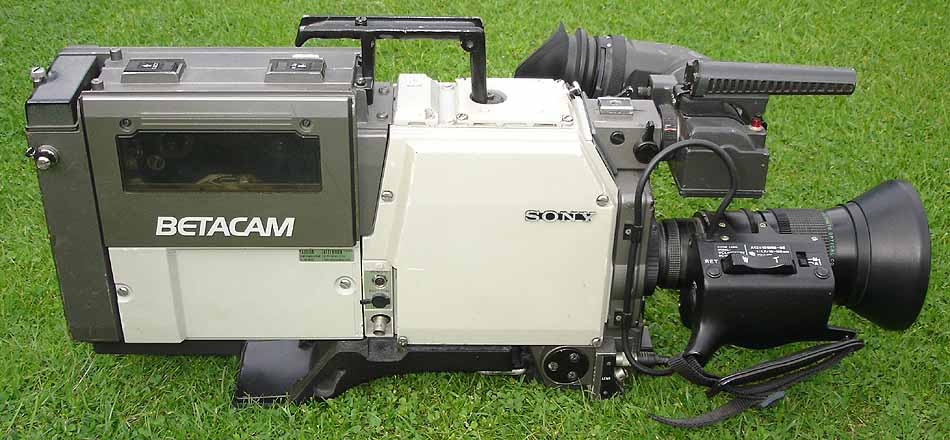
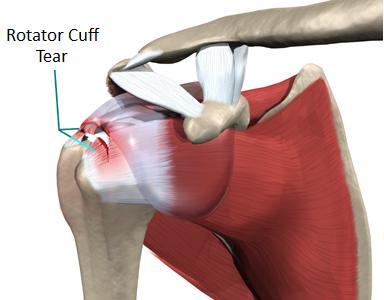
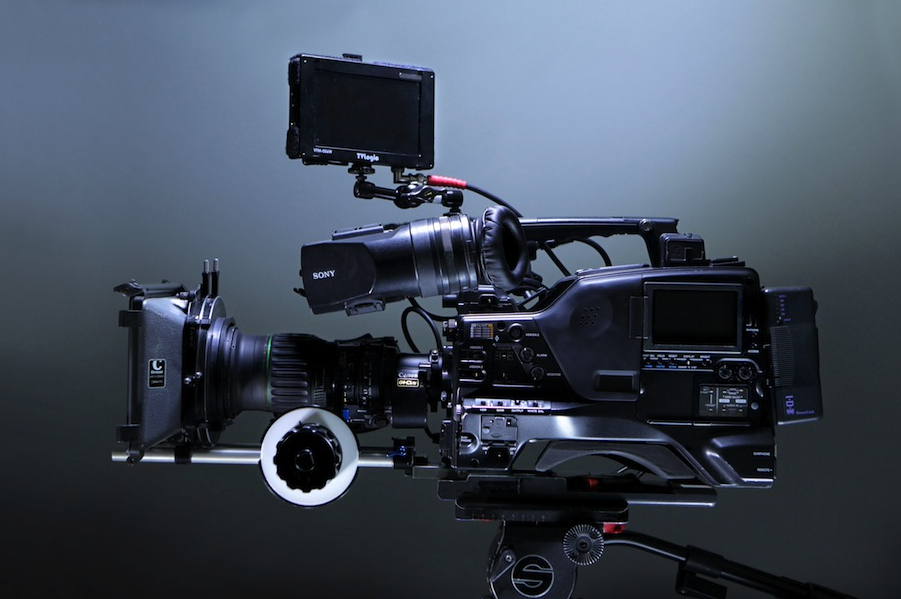
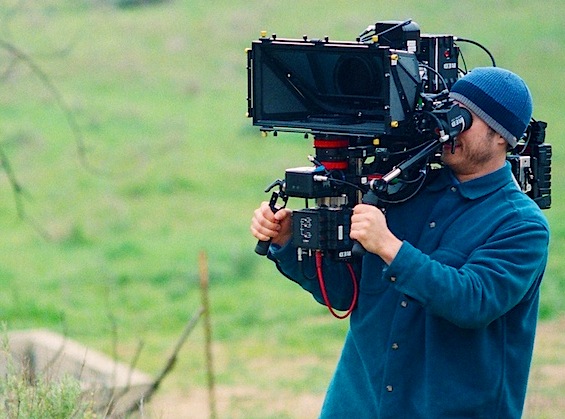
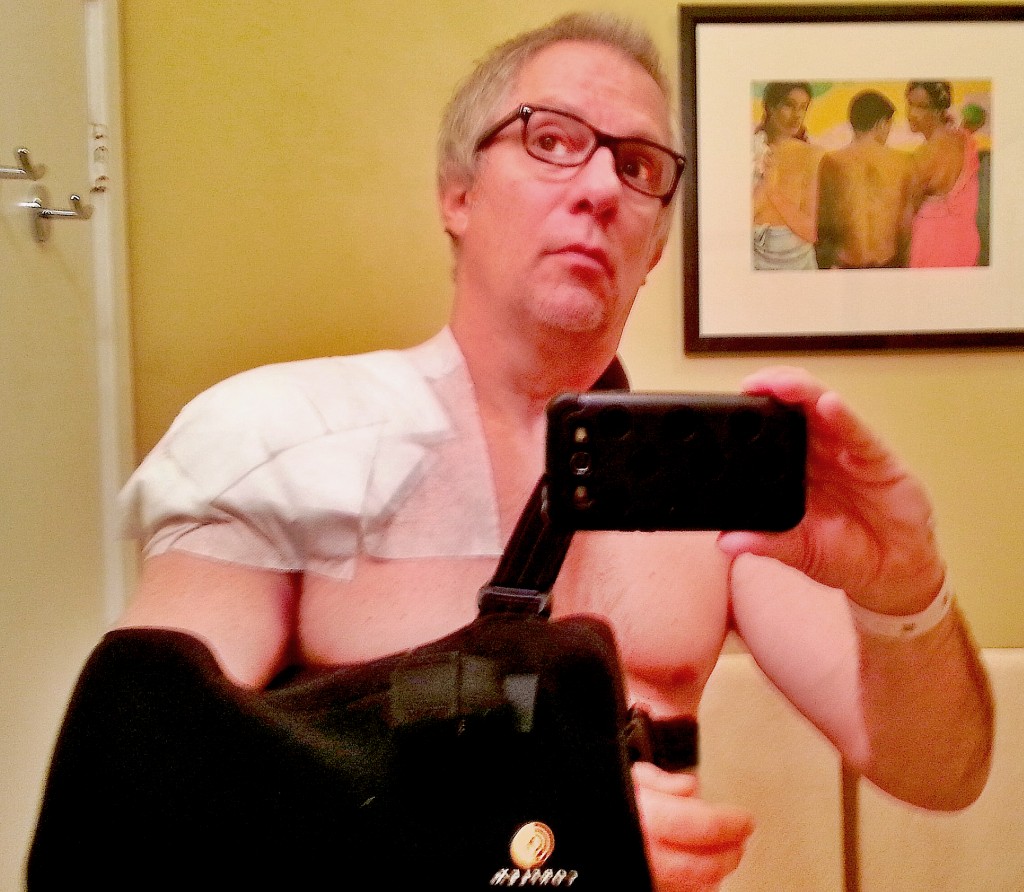
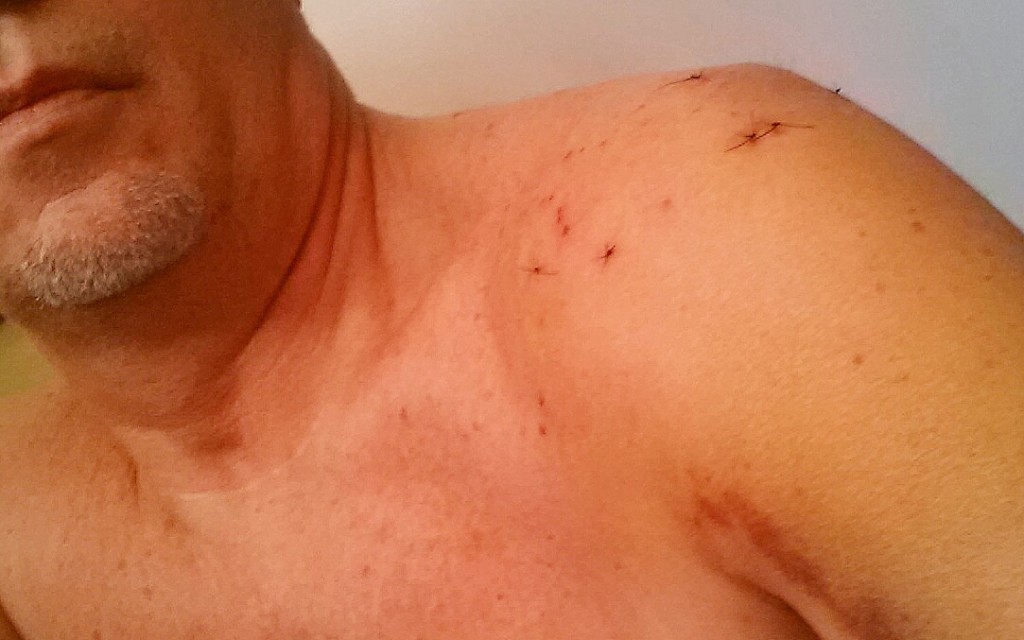
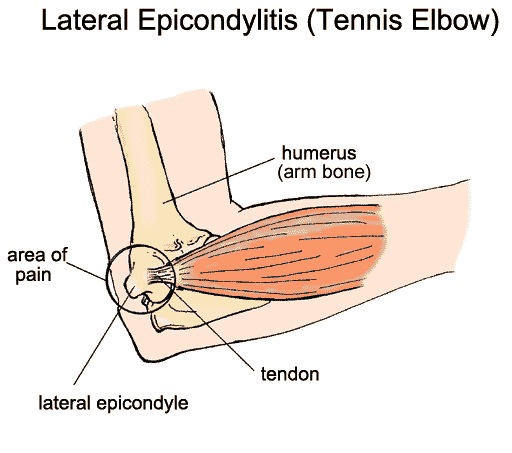
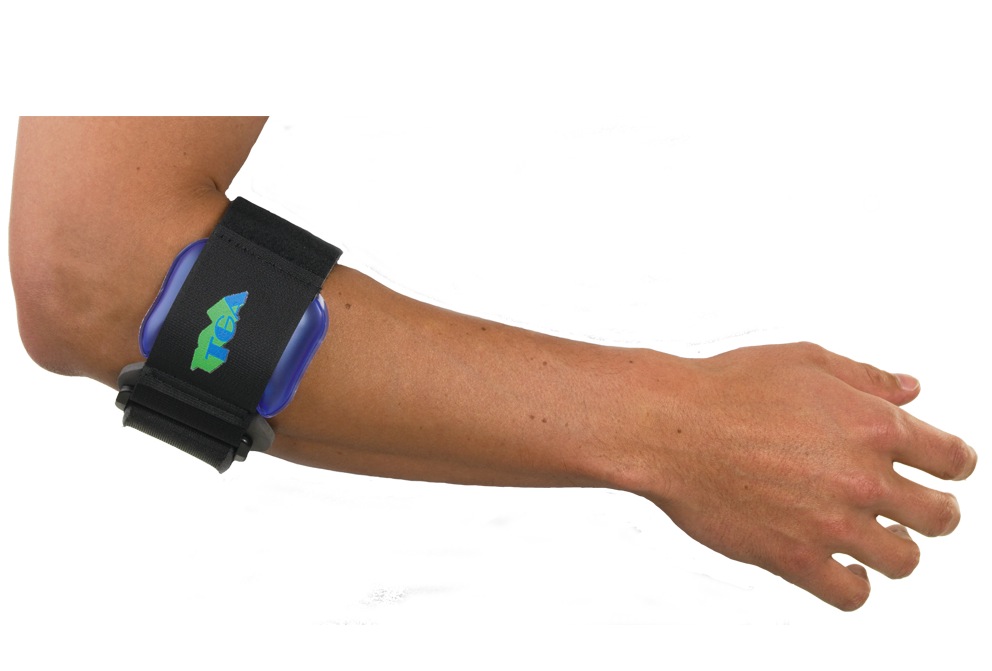
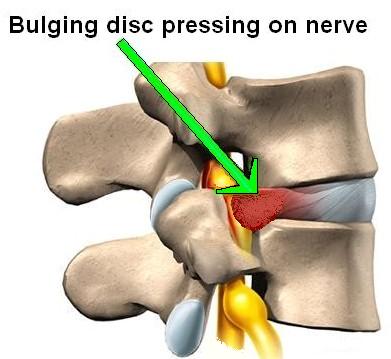
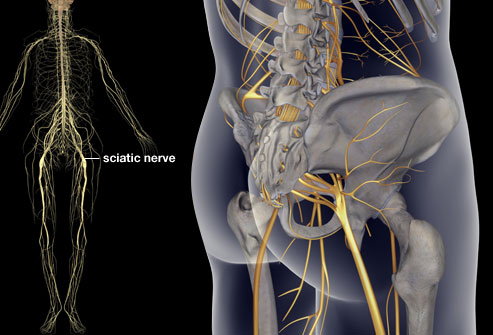
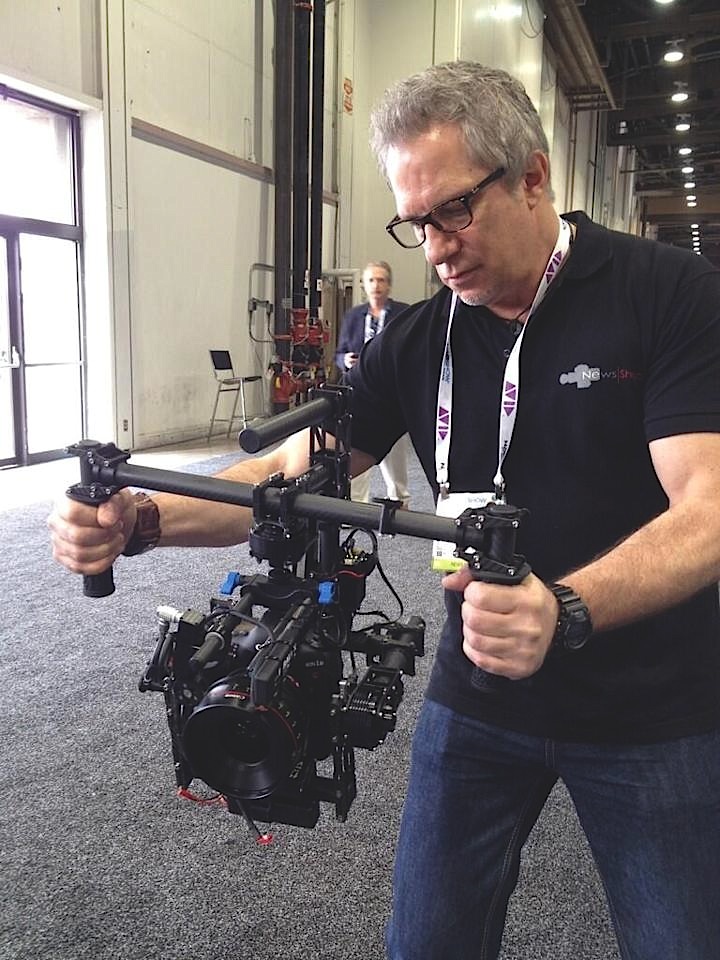
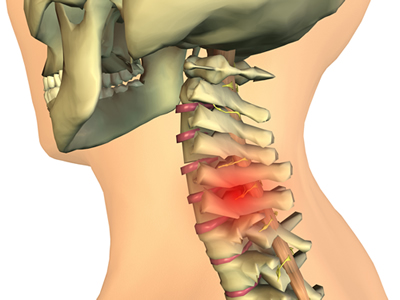
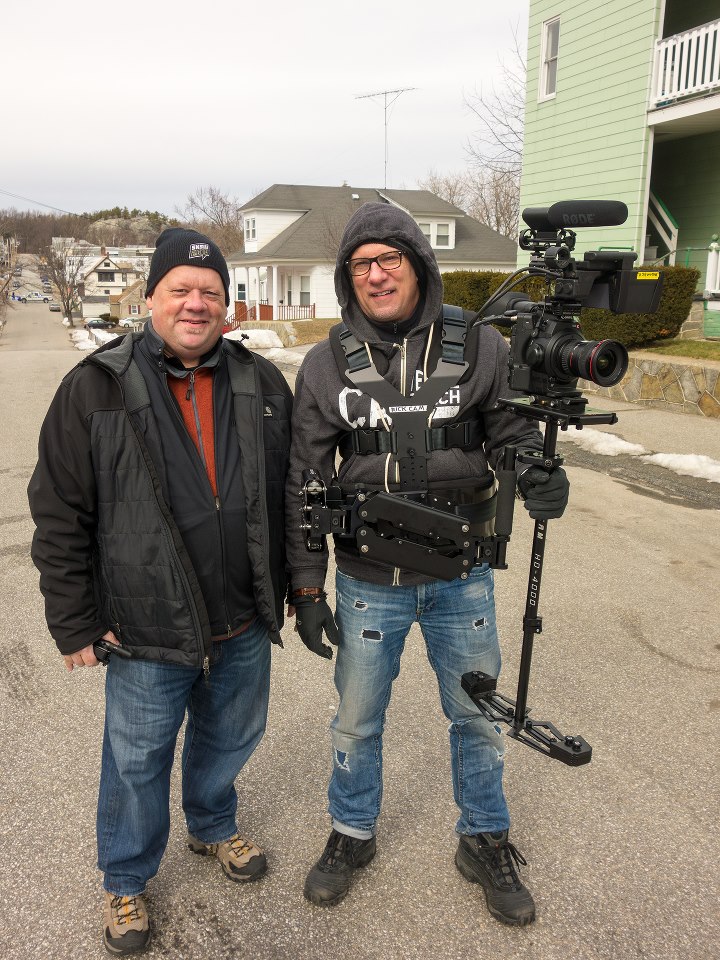

9 Comments
Thank you so much Rick. This is one of the finest safety articles I’ve ever read, and I wrote a series of magazine articles on safety issues in the 90’s. You give wonderful explanations and down to earth, real-world advice, which I’m going to share with everyone. I wish you full recoveries and an end to future work injuries.
You are welcome Chuck!
Thank you Rick, great advise. I found just making the odd video for our listings, has brought health to my attention. Now 52 years of age all theses bags for all our toys can really cause some concern. How you guys do it full time, has been an eye opener. Glad to hear that you are fitter than ever. Regards.
You are quite welcome Charles!
Hi Rick,
My son is 27 years old and has been a shooting since graduation from college. His recently took on a new job a month ago and incurred an injury — severe pain in spine — not lumbar but more in thoracic area. He cannot pinpoint a time or place, but more so accrued over the time he has been employed there. The pain was so bad, he had to put the camera down and they sent him to an urgent care facilty in area. I am an recovery room RN and had heard stories like yours, but like yourself, my patients have been much older than 27! He lives far from home, and I’m concerned. They put him on light duty (editing, and he does not enjoy it very much). They diagnosed him with thoracic sprain injury and gave him a rx for flexeril. No xrays, CT, or physical therapy yet ordered. He is to follow up next week. He is devastated to think that this may be a life changing moment and have to give up what he loves to do. The problem he says is that this news station’s equipment is much heavier than his previous employer which was also a local news station in different city. Any advise? As you imagine, as his mom, and as nurse, I gave him plenty. This is a workman’s compensation case, and according to my patients, generally it’s a nightmare. What is most important to me is he get well, and I’m afraid his company will drag their feet, and he will get reinjured. I hope I am wrong. Too early to tell. Since you are experienced in kind of work, aside from the advice in this great article (thank you – I am passing it along to him), I’d be interested if there is anything further you can advise him. He desires right now to go back to his old station where the equipment he was carrying was doable and never encountered a problem, although, like you say, over time will take it’s toll if he doesn’t practice ergonomics and good old fashioned common sense. Besides, he cannot depend on the “size and weight of equipment” insomuch as it suiting his personal comfort level. Obviously, camera equipment varies greatly from place to place. He hasn’t been in this business for too long (5 years?). He has his bachelor’s in communications and minor in filmmaking. He loves what he does, but feels he is facing a crossroad. He has dabbled in filmmaking and won an 1st place for his entry in college sponsored contest. He is also a musician and enjoys sound mixing and plays guitar and keyboard and drums. I hate to see him facing this so early in his career. By the way, he is strong, but is a 6 foot thin guy, which surely plays a role here. Thanks Rick for your ear. From a concerned and loving mom in SC for her disheartened son in TX. Warmest regards.. and so glad for you and most of all for sharing your story in hopes to help others, like my son..
Tell your son to try a cortisone shot in that affected area of the spine. It might work.
That kind of thinking shows you’re on top of your game
I know two injured news photographers. Rick had a car back door fall on him, surgery cut his spinal cord and made him a quadriplegic. He has died. Gary got trigeminal nerve damage (tic dolorous) and has had to take drugs used to treat seizures with terrible side effects.